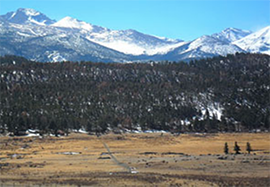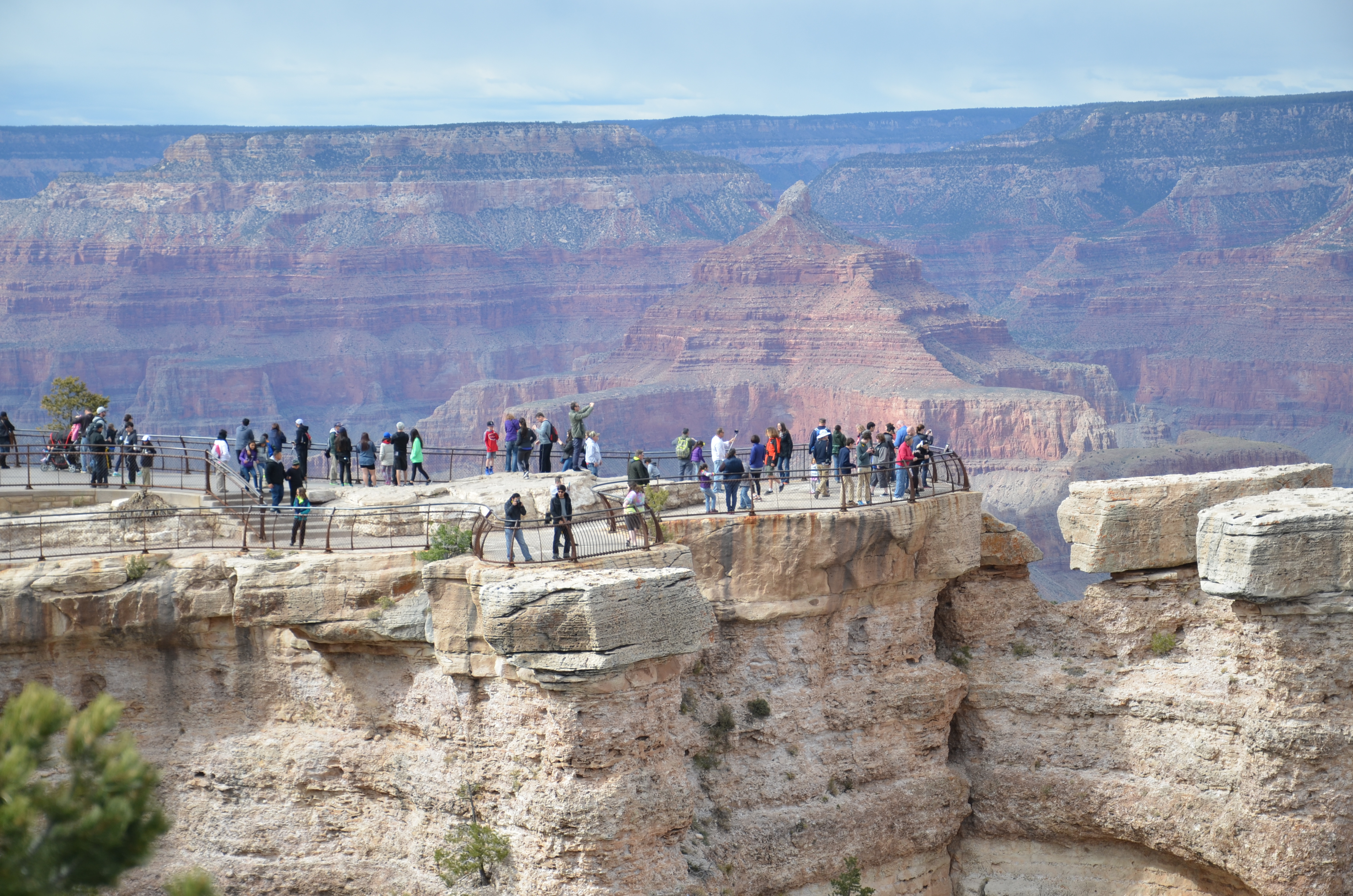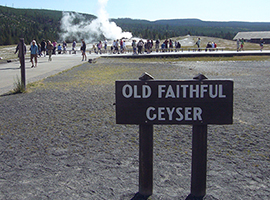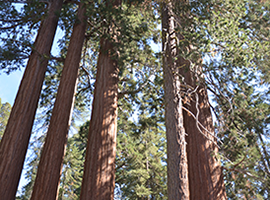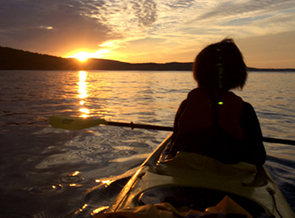Recent Stories
Native American burial sites protected
You have made it a goal to visit most, if not all, of the National Park Service’s 397 locations. Ready. Set. And you’re off. You visit the Hopewell Culture Natural Historic Park in Ohio. You continue your journey to the Effigy Mounds National Monument in Iowa. Among the scenic sitesRead More…
Dramatic to view, volcanos pose danger
Volcanoes are nature’s most dramatic and violent phenomena, but these breathtaking landscapes also present visitors to our national parks with some of nature’s most dangerous hazards. Lava flows, wildfires, landslides, volcanic ash, sudden explosions, and poisonous gases are just some of the hazards volcanoes present. Each day, park rangers andRead More…
Bleaching threatens coral reefs in parks
Coral reefs are a hidden beauty found in waters around the globe. But they are in very serious danger of disappearing within just a few decades. The National Park Service is faced with the challenge of saving 276,671 acres of reefs from countless attackers, and that’s just in the UnitedRead More…
Training keeps rescue teams ready
Dave Shade and Jesse Selwyn were climbing in Grand Teton National Park when Selwyn did not think he would be able to continue without injuring himself or worse death. He activated his SPOT rescue locator and rangers were able to reach him by nightfall and evacuate him from the mountainRead More…
Sustaining forests remains a challenge
Tree populations are declining faster than predicted in multiple national parks due invasive insects, climate change, pollution and human development. The mass amounts of national parks are covered in forests and some, like Redwood National Park, are known for and named after their tree populations. These forests are considered aRead More…
Safety in viewing wildlife is parks priority
The line between the national parks as tourist attractions and the national parks as wildlife preservations is getting ever so thin, a number of park officials believe. “People that are coming into the parks are used to a Disney-like environment that are constructed and managed when in fact they areRead More…
When in season, stone crabs in demand
HOMESTEAD, Fla. — For most Floridians, mid-October signifies the approaching end of the dreaded hurricane season. But for the state’s fishermen, it marks the beginning of their busy season as they embark on eight months of catching one of the state’s most popular delicacies: stone crabs. Weeks before the tablesRead More…
Wildfires pose threat to parks each year
The national parks of our nation are vast and beautiful and open for anyone to visit. Many visitors travel to these hotspots of nature’s glory to experience a place where the land is not disturbed by the innovations of mankind. The parks are centered on witnessing nature in its purestRead More…
Poor air quality diminishes park experiences
Walking through a national park, the last thing a visitor should have to think about is the quality of air that he or she is breathing. This is not the case as air pollution has become a huge issue at national parks throughout the United States. National parks are natural,Read More…
Climate change impacts Alaska parks
National parks in Alaska are responding to the multifaceted issue of climate change through local programs and National Park Service (NPS) programs, monitoring existing changes and utilizing scenario planning to prepare for probable effects of climate change in the future. “The Arctic is more sensitive to climate change than perhapsRead More…
Child safety remains high priority in parks
In every national park across the country, there are important child safety concerns. And while large numbers of parents and children who visit these parks each year know how to stay safe, there are many people who are unaware of some of the most severe safety concerns posed by nationalRead More…
Ozone reaching dangerous levels in parks
Millions of individuals who visited U.S. national parks in 2011 were exposed to dangerous concentrations of ozone (O3). The Environmental Protection Agency’s National Ambient Air Quality Standard (NAAQS) for ozone — currently 75 parts per billion — was exceeded on countless occasions during the ozone season. According to the NationalRead More…

